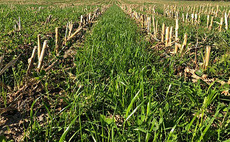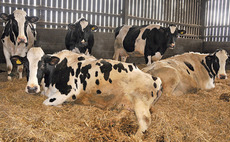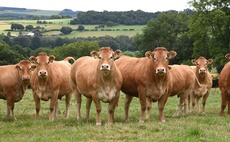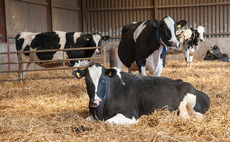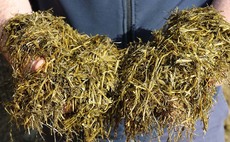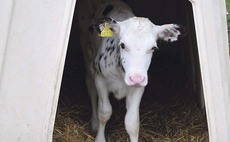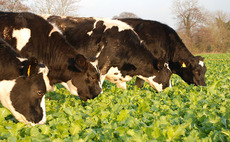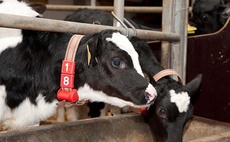Nutrition
Livestock
This year’s extreme summer drought in many parts of the country has reinforced the need for dairy farmers to look for alternative fodder sources to maximise milk production from home-grown feeds. Dairy Farmer reports.
Livestock
Maize trials carried out at the Carlisle Regional Technology Centre, at Smalmstown Farm, Longtown, have shed a new light on the use of narrow film.
Livestock
Under-sowing grass alongside maize crops is increasingly becoming an option for many due to soil erosion prevention and winter grazing options.
Livestock
Inevitably, downer cow syndrome is an issue many dairy farmers will have to deal with at one time or another. Vet Dr Charlie Mays discusses best practice for managing downer cows and how the correct use of hip hoists can be life-saving.
Livestock
Negative experiences during a cow’s pregnancy, such as stress, changes to nutrition and cow health can have long lasting impacts on foetal development and influence lifetime cattle performance.
Livestock
One of the most crucial times in a cow’s production cycle, the transition period can positively or negatively impact future milk production, fertility, and overall health.
Livestock
Dairy and beef farmers across the UK are being urged to draw up plans to make the most of this year’s ‘mixed bag’ silage.
Livestock
Good hygiene and colostrum management are the corner stones of controlling cryptosporidiosis infections in calves.
Livestock
The out-wintering of livestock on fodder crops has long been a wintering strategy used by beef and sheep enterprises. But as winter housing costs are looming and silage rations are being opened, fodder crops may also be an option for dairy systems.
Livestock
At an AHDB calf management meeting, vet Ali Haggarty discussed the importance of rumen development in achieving a successful weaning process. Katie Fallon reports.


 27 October 2022
•
5 min read
27 October 2022
•
5 min read

